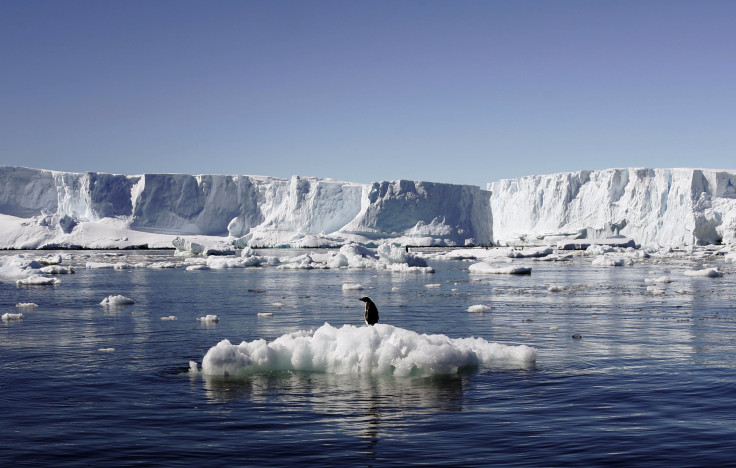East Antarctica Ice's Stability Is ‘Overestimated’; Melting From Climate Change Could Trigger Long-Term Sea Level Rise

The only thing keeping a large chunk of East Antarctica from becoming unstable and melting is a small “cork” of ice – and it’s closer to bursting than scientists previously thought.
According to new research published in the journal Nature Climate Change, global warming threatens to unhinge the rim of the coastal ice shelves of East Antarctica, a region known as the Wilkes Basin. If that were to happen, it could add several meters of sea level rise over the coming centuries.
Scientists from the Potsdam Institute for Climate Impact Research, or PIK, in Germany created computer simulations of the region based on what would happen if the ocean warmed enough to cause the ice to melt faster than it could form. They found that it would take 5,000 to 10,000 years for the basin to melt completely.
The problem isn’t any immediate risk posed by melting ice sheet. Scientists are more concerned that once the ice is unplugged, it can’t be reversed.
"East Antarctica's Wilkes Basin is like a bottle on a slant," the study's lead author, Matthias Mengel, said in a statement. "Once uncorked, it empties out."
Climate change is warming the Earth – but not very evenly. Over the past century, the average global temperature has increased by about .6 degrees Celsius, or one degree Fahrenheit. Ocean temperatures have risen less – about .1 degree Celsius.
Still, research has shown that marine ecosystems can be far more sensitive to the effects of small variations in temperature than land environments.
If the entire Wilkes Basin were to melt and drain into the world’s oceans, it would raise the Earth’s sea level by 3 to 4 meters, or 10 to 13 feet. That’s enough to drown coastal cities from Tokyo to Mumbai to New York, researchers say.
"This is unstoppable when the plug is removed," co-author Anders Levermann told National Geographic. "The speed [of removal] we don't know, but it's definitely a threshold."
He added: “We have probably overestimated the stability of East Antarctica so far.”
If the entire East Antarctica ice sheet were to melt, it would raise sea levels by a whopping 174 feet. But there’s little chance of that happening anytime soon.
Researchers argue that if half of the ice in the ice-cork region of Wilkes Basin were lost, that’s when the discharge would begin.
"It sounds plausible," Tony Payne, a professor of glaciology at Bristol University who was not involved in the study, told Reuters of the new study. Payne noted that the threat isn’t immediate, but could slowly raise sea levels over the next few thousand years.
Scientists point to what happened to the West Antarctic Pine Island Glacier, which became “uncorked” in the 1970s and has already contributed to sea level rise. The area drained represents about 10 percent of the West Antarctic Ice Sheet, according to a 2001 study in Science.
Over the past 100 years, the Global Mean Sea Level has risen by 10 to 20 centimeters due to climate change. Researchers predict that sea levels are likely to rise by between 26 and 82 centimeters, or .85 to 2.7 feet, by the late 21st century.
© Copyright IBTimes 2024. All rights reserved.






















